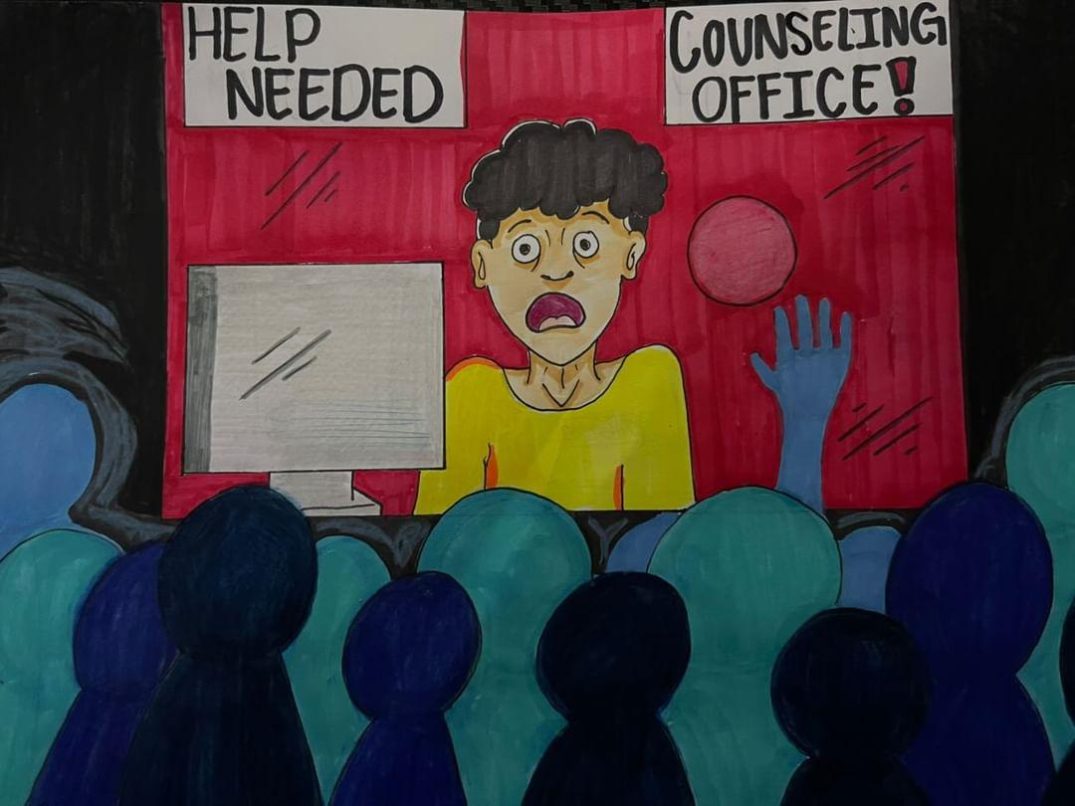Tires screech across concrete while gallons of blood bathe; a car, bodies fly through windows and entrails linger out of broken windows like strands of spaghetti.
After witnessing four people get mangled, all I care about is how cool that car is.
Don’t get the wrong impression; though: I’m not depraved. Rather, I’m an obedient movie-watcher.
I drink cool, refreshing Coca-Cola.
I draw fistfuls of warm, buttery popcorn to my mouth from the unhealthily sized tub between my legs.
I sit through 20 minutes of previews before this movie I’m watching, and as an obiedient movie watcher, I don’t mind seeing even more advertisements added throughout the movie.
Advertisements interspersed throughout a movie appear in the form of product placement, subliminal advertising’s long-lost cousin.
While subliminal messaging and product placement serve similar purposes, subliminal messaging is illegal and product placement is commonplace.
Subliminal messages are hidden in movies, while product placement is overt and sometimes annoying.
Read the EC Union.
Product placement is when movie-makers add commercial products into movies and they receive money for it.
In “The Media of Mass Communcation,” John Vivian said it’s no coincidence that Tom Cruise drank Pepsi in “Top Gun.”
Vivian said that product placement took off after the success of “E.T.,” and Reese’s Pieces.
Product placement can even take the form of references.
Vivian said that in the baseball movie “Bull Durham,” Miller beer paid to have 21 references.
The payoff for product placement averages $25,000 to $50,000, Vivian said. Multiple shots in films have gone for $350,000.
Visit the Union website.
In Business Week magazine, Dale Buss compiled a list called “A Product-Placement Hall of Fame.”
On this list, Buss criticized the movie “Small Soldiers,” because the plots seemed to be contrived to fit the products, not the other way around.
According to the article, director Joe Dante said Hasbro, whose toys are the main characters in the film, “was a ‘serious’ part of why the movie got made at all.”
Critics argue that product placement is “sneaky,” while advocates of it believe that it adds credibility to a movie, Vivian said.
Whether you mind product placement in movies or not, remember that you didn’t pay $10 for a movie to see advertising that you could see on TV.
And remember: Always read the EC Union.






